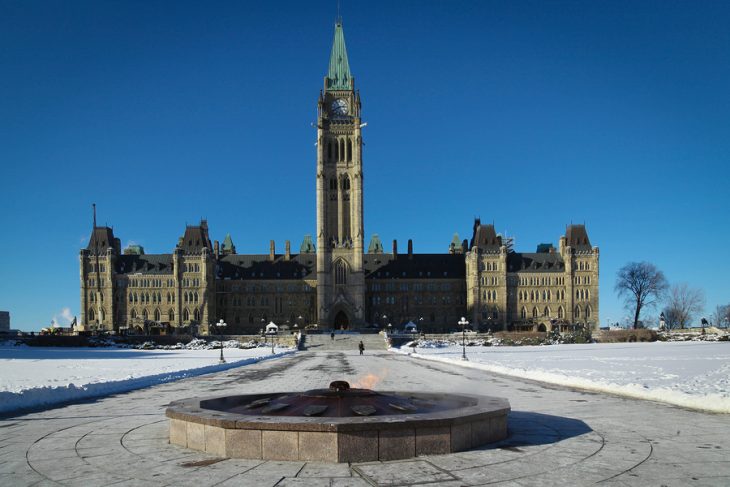
OTTAWA – While some might say that a review of the Broadcasting Act and Telecom Act has more or less already begun with Heritage Minister Mélanie Joly’s “everything is on the table” consultations on Canadian Content in a Digital World, the federal government’s 2017 budget, released Wednesday, confirmed that a more formal review will begin this year.
While Minister Joly and the federal government have not given any formal indications on where her consultation will lead when it comes to new law or policies (so far, just a detailed summary of her cross-country consultations has been released), the budget document is the first real declaration that the laws governing television, telecom and the internet will, in fact, be overhauled.
The most important part of the budget for this industry can be found on page 106 of the 278-page document, in the section called Canada’s Digital Future.
“Over the past year, the Minister of Canadian Heritage has consulted with Canadians on the future of the Internet, the future of news media, and the role of Canadian content in an increasingly digital world,” it reads. “For its part, the Government believes in an open and transparent Internet environment that emphasizes freedom—freedom to innovate, freedom to connect with others, and freedom of discussion.”
While it is very light on specifics of what that actually means, or will mean, some of the further wording should put the industry on notice. “Over the next year, the Government will outline a new approach to growing Canada’s creative sector—one that is focused on the future, and on bringing the best of Canada to the world, rather than a protectionist stance that restricts growth and limits opportunities,” it reads (our emphasis).
“The Government also recognizes that Canada’s media industries, and the systems that allow for broadcasting, distribution and the exchange of ideas, are fundamentally changing in the digital age. To ensure that Canadians continue to benefit from an open and innovative Internet, the Government proposes to review and modernize the Broadcasting Act and Telecommunications Act,” continues the document.
“In this review, the Government will look to examine issues such as telecommunications and content creation in the digital age, net neutrality and cultural diversity, and how to strengthen the future of Canadian media and Canadian content creation. Further details on the review will be announced in the coming months.”
We think it’s worth noting that the document says, twice, that this will be a single review, not two reviews of two pieces of legislation. Does that mean the government is looking at combining the two, as some have suggested? Impossible to say at this point, but the choice of words is worth noting.
The budget is silent on the Radiocommunications Act.
Other points of interest in Budget 2017:
- The federal government will develop a new intellectual property strategy over the next year “The strategy will help ensure that Canada’s intellectual property regime is modern and robust and supports Canadian innovations in the 21st century.” Does that entail a deep look at the Copyright Act? Too vague to say.
- The government restated its Budget 2016 promise of $500 million for rural broadband under “Connect to Innovate” (which is really just a carry forward of the former Conservative government’s “Connecting Canadians” plan) and reminded all that “the program’s competitive application process is open until April 20, 2017.” It also noted the CRTC’s updated basic services objective includes delivering broadband to all, but didn’t mention the additional funding for providing broadband to high cost areas that will come from existing ratepayers from that decision.
- The budget will also make available $13.2 million over five years (not exactly a large sum) to try to make internet access more affordable to low income Canadians. “Most Canadians are already online, but many low-income families face financial barriers to access, such as the cost of purchasing a computer and the high cost of an Internet connection at home,” it reads. (Ed note: This is something service providers should be taking the lead on and so far, only Rogers and Telus have plans in place for low income Canadians in their wired regions.)
- On top of what the government already invests in culture (which includes things like museums and community centres, and not just media) the budget has also committed a new spend of $1.8 billion over 10 years. “Of this amount, more than $1.3 billion will be provided to provinces and territories through integrated bilateral agreements, on a base plus per capita allocation basis. This investment will be delivered through the second phase of social infrastructure funding.”



